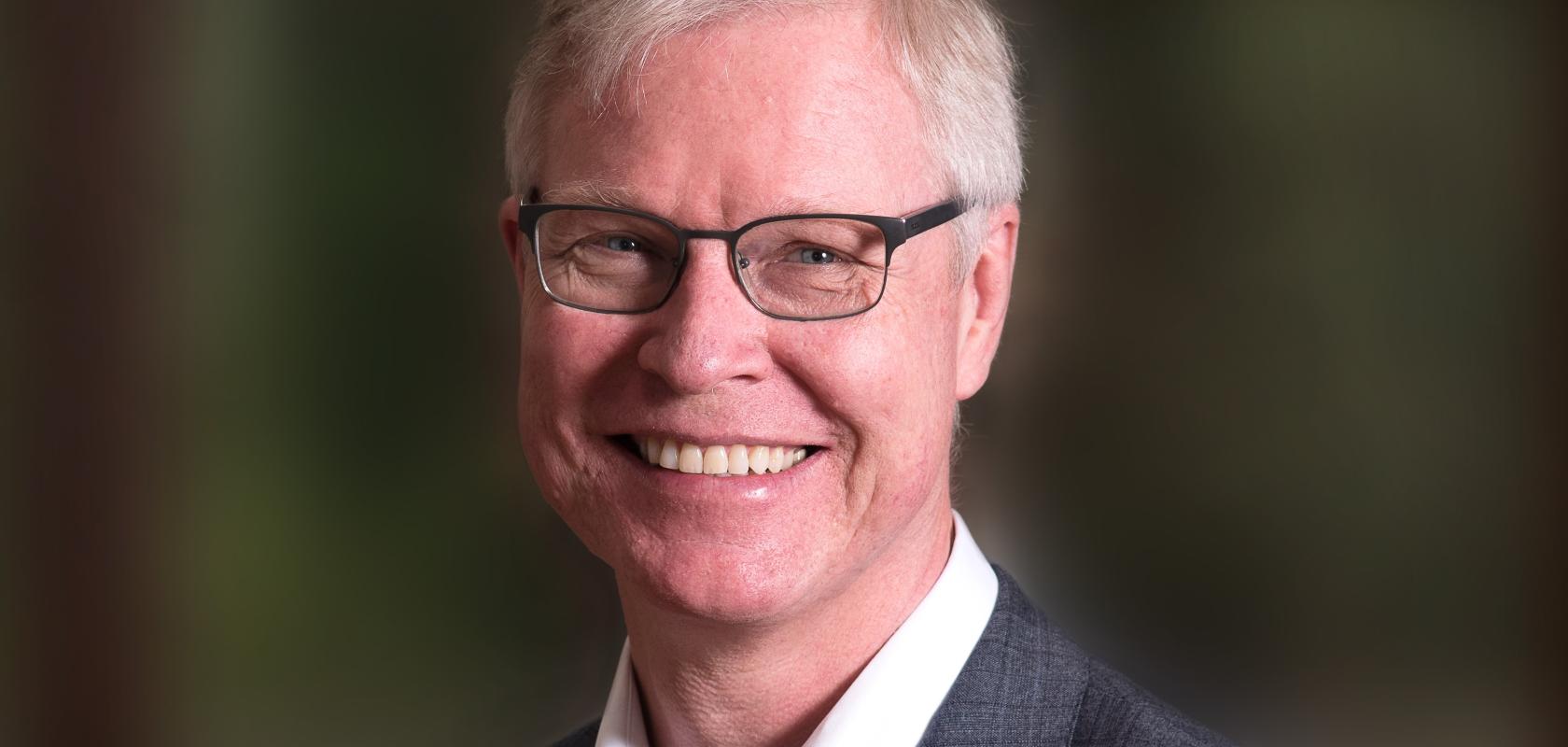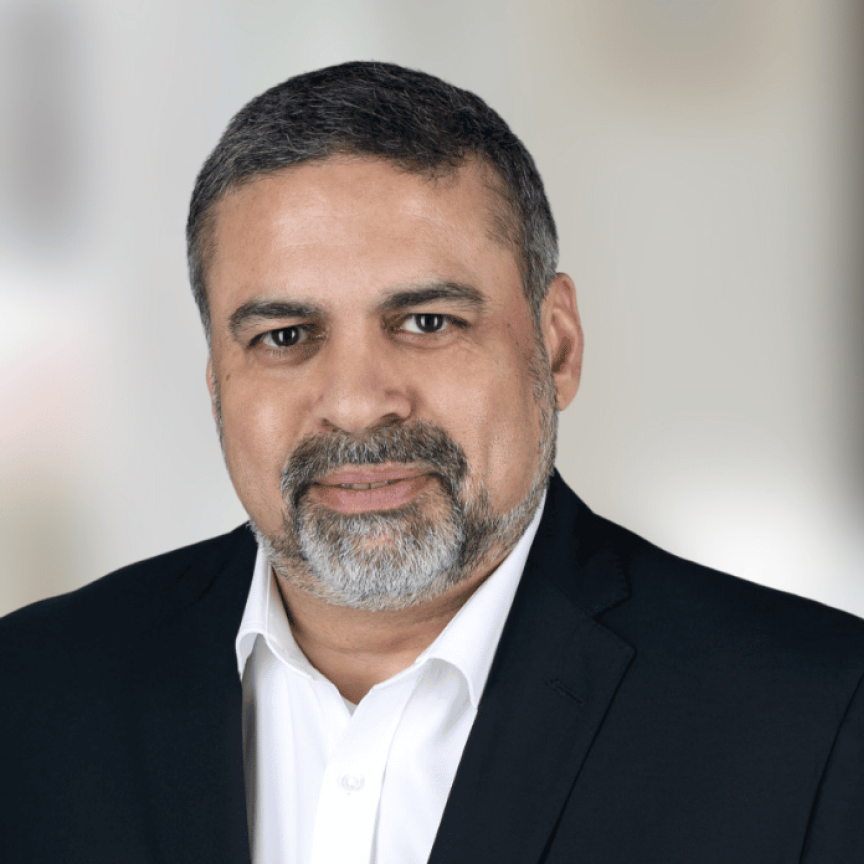5G is the talk of the telecoms industry, with 5G networks launching in the US and South Korea. But many don’t realise that 5G isn’t possible without fixed high-speed and high-density fibre connectivity, says Mikael Sandberg
5G is the talk of the telecoms industry right now, with 5G networks launching in the US and South Korea. But many don’t realise that 5G isn’t possible without fixed high-speed and high-density fibre connectivity.
This is where the UK struggles at the moment. According to FTTH Council Europe, nationwide UK fibre penetration is woefully inadequate – only 10 per cent of the country has fibre coverage, with a worrying 1.3 per cent of homes connected (FTTP). In contrast, Portugal boasts 99 per cent fibre coverage and 27 per cent homes connected; Spain has 98 per cent coverage and 44 per cent homes connected.
There’s no point in continuing to spend money on copper cabling. Speaking at a recent industry conference in Cologne, I was joined by a panel of experts including Point Topic’s CEO, Oliver Johnson, who agreed that the costs associated with copper cabling have made it no longer worth investing in. We all agree that the way forward is full fibre.
The UK government’s stated intention is to achieve full nationwide fibre coverage by 2033. However, the government also wants to be a world leader in 5G, with deployment to the majority of the UK by 2027. This begs the question: how can the UK achieve its 5G ambitions without a full fibre foundation in place first?
5G needs full fibre
Headlines focus on 5G’s potential. But not enough attention looks at the less fascinating, more practical problem of full fibre rollout. 5G simply can’t exist without fibre in the ground. 5G’s exponentially faster wireless speeds depend on fixed high-speed dedicated links to its base stations. 5G promises unrivalled mobile broadband speeds, more secure and reliable connections, ultra-low latency and enhanced network slicing – but only if connected by a high capacity fibre network. Fibre provides the essential backhaul to carry the vast volumes of data that 5G will generate.
The thousands of extra microcells that 5G will need will all require their own fibre connection. The sheer volume of fibre necessary to support even a city-wide 5G rollout makes getting fibre into the ground a priority. Ideas about futuristic 5G-enabled smart cities are all well and good – but the UK needs to put significantly more fibre into the ground first for these ideas to become reality.
So much confusion
With just a small percentage of the UK currently covered by full fibre, it’s telling that there’s an obvious disparity between the advertising and marketing of so-called ‘fibre’ broadband services versus the availability of true full fibre connectivity to residential customers in the UK.
Most so-called ‘fibre’ broadband residential services use copper-cabling from the cabinet at the end of the street to the customer’s house. Full fibre FTTP connectivity requires much greater installation costs as old copper cabling is ripped out of the ground and replaced by fibre.
However, the difference in performance between copper-based FTTC and full-fibre FTTP is massive. Full fibre’s improved capabilities include multi-gigabit download speeds, compared to the UK’s current average 45Mb/s nominal download speed.
Some might argue that wireless 5G will negate the need for nationwide FTTP. However, the millimetre-wave frequencies on which 5G operates can only travel short distances, requiring a significant volume of base stations to relay the signal. The incoming mass of 5G base stations will have to rely on full fibre in the ground across the UK. Ending confusion and installing more FTTP is a great place to start, but there’s still a long way to go.
Community-driven
As global investment in 5G continues to rise, countries who already have developed fibre capabilities will save billions in infrastructure costs. Sweden for example already has 91 per cent fibre coverage, with 44 per cent of homes connected. However, unlike the UK, fibre connectivity in Sweden is often driven by local authorities and district councils - much like fixing pot-holes or installing speedbumps around schools. Recognising not only the economic benefits, but the social value of enhanced connectivity saw many Swedish local councils driving fibre rollout.
Most Swedish local councils choose to own the local fibre infrastructure themselves. They then adopt an ‘open access’ model, in which they allow multiple service providers to access and use the network to deliver their own broadband services. This in turn lowers costs for the service providers, but also encourages greater retail competition.
The UK needs to shift its attitude and adopt a new position regarding full fibre, in order to prepare for 5G and also to deliver the multitude of fibre use cases which benefit local communities.
Many UK public sector organisations already rely on fibre. For example, railway companies use full fibre to control their signalling systems, since copper cabling is vulnerable to water damage. In its role managing the UK’s railway network infrastructure, Network Rail owns a significant nationwide fibre network. The potential to expand and profit from pre-existing fibre networks like Network Rail’s is underserved. Projects such as setting up fibre-connected 5G base stations along railway lines are the types of projects that the UK government can fund, and which will reduce the timescale of 5G rollout.
5G is a key enabler for the IoT, self-driving vehicles, smart cities and other breakthrough technology applications. But the volume of data transfer between these new technologies needs proper fixed network infrastructure.
Before it gets excited about 5G, the UK Government needs to properly focus on full fibre. If the UK wants to keep pace with the technological progress that we’re already seeing in countries like Korea and Sweden, the government must acknowledge the necessity of fibre. This includes its significant role as an enabler of 5G.
Local authorities in particular must come to understand the economic and social benefits of full fibre connectivity. Furthermore, the benefits to local economies, public sector services such as education and health, and people’s quality standard of living are considerable.
Mikael Sandberg is chairman at VX Fiber


